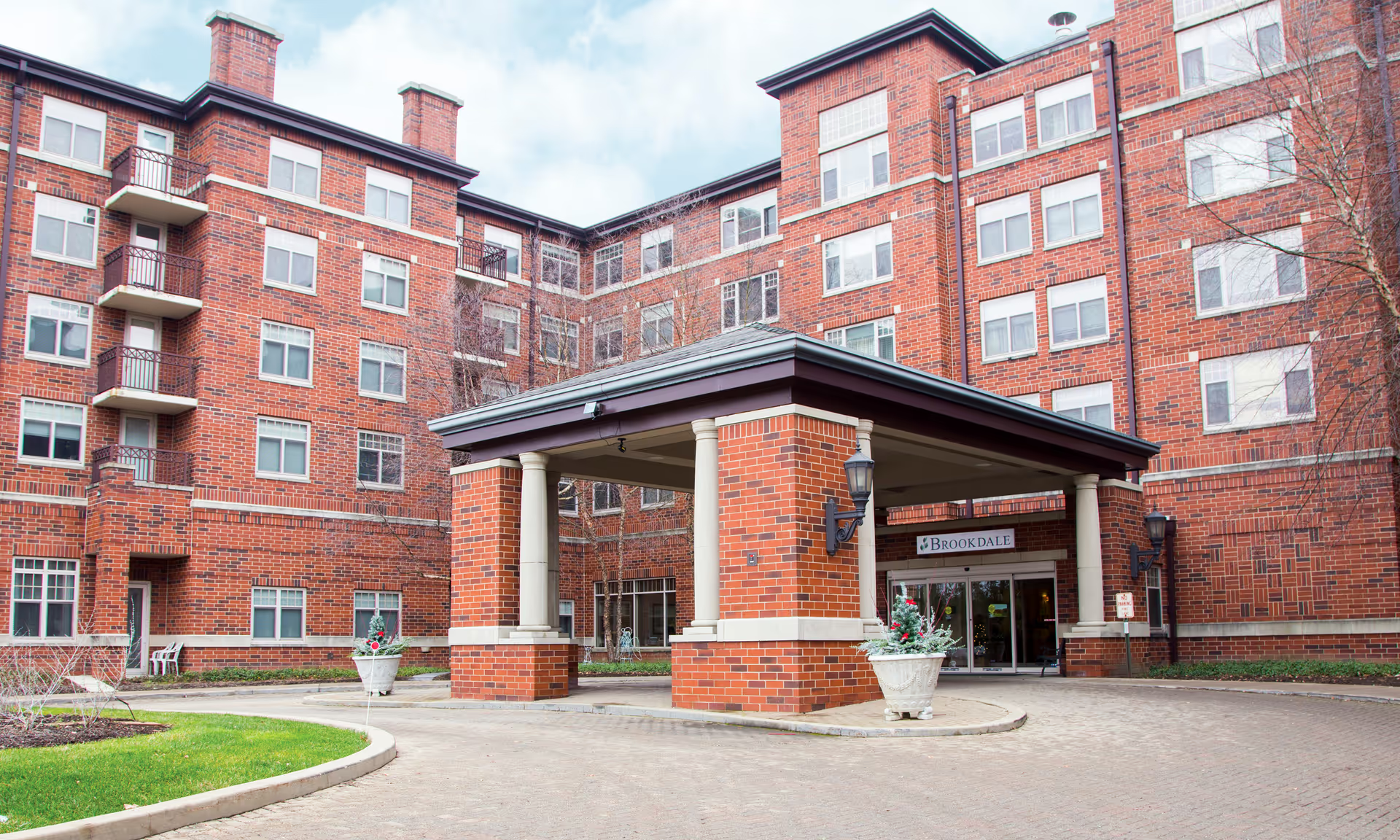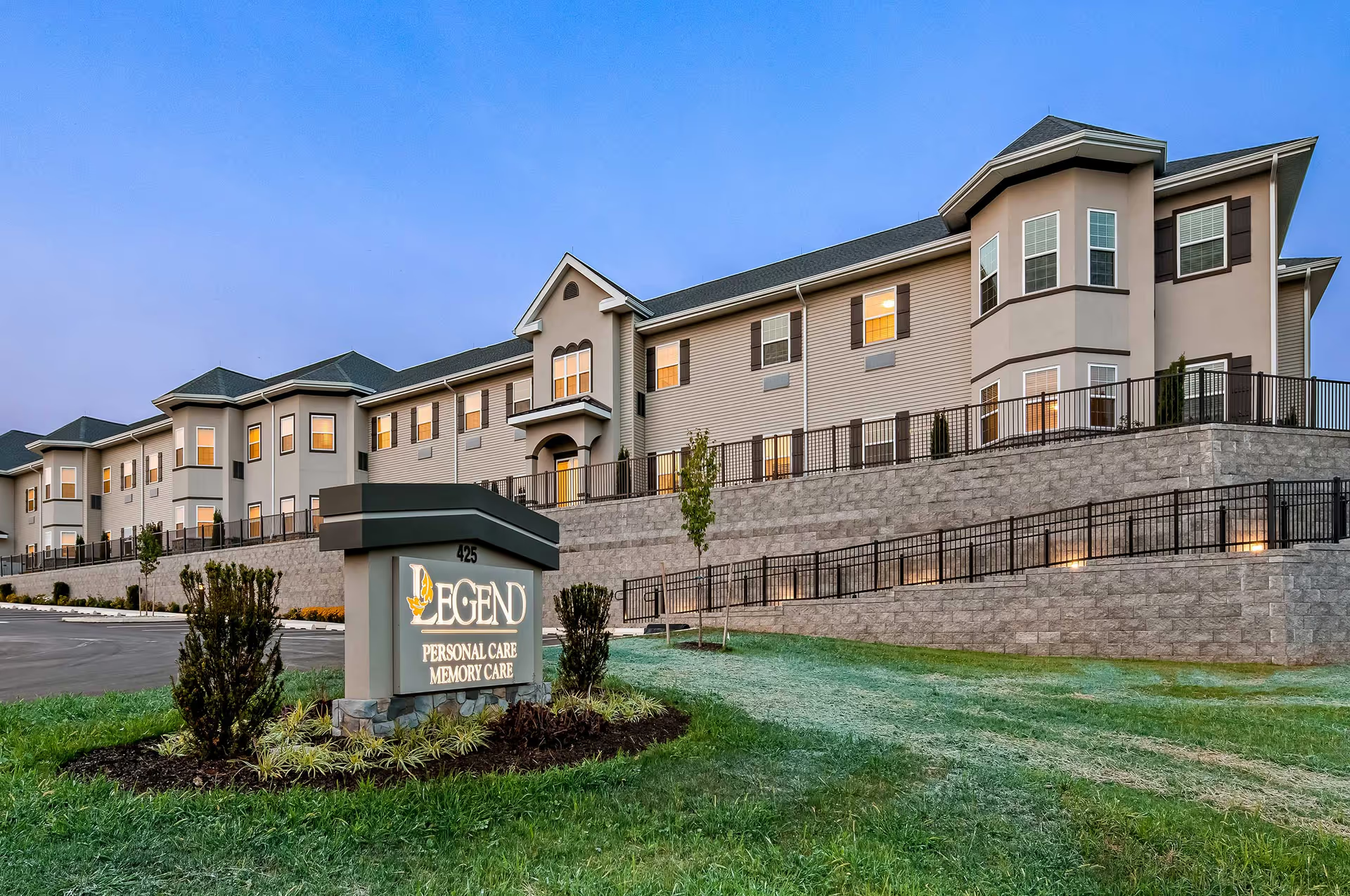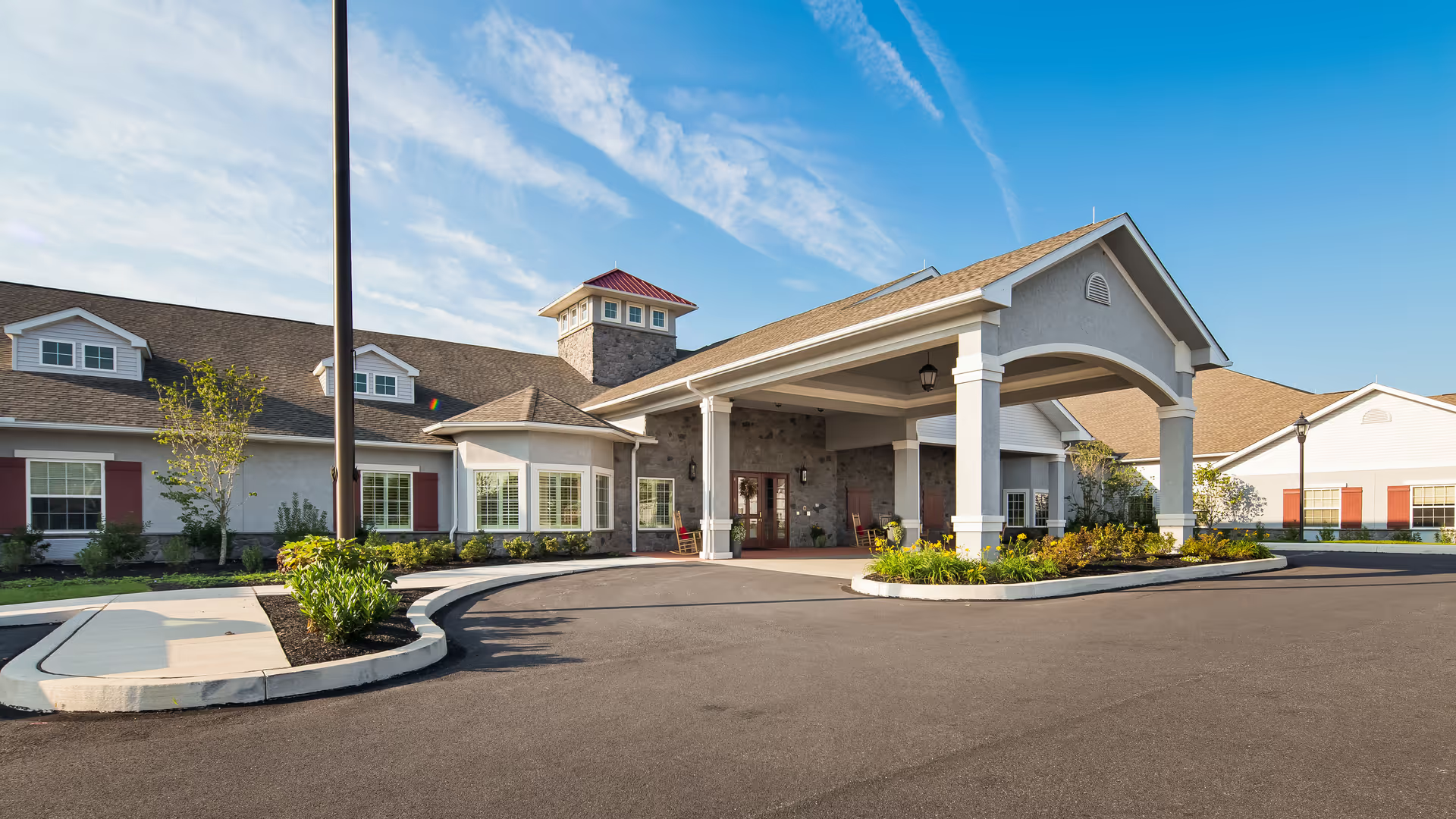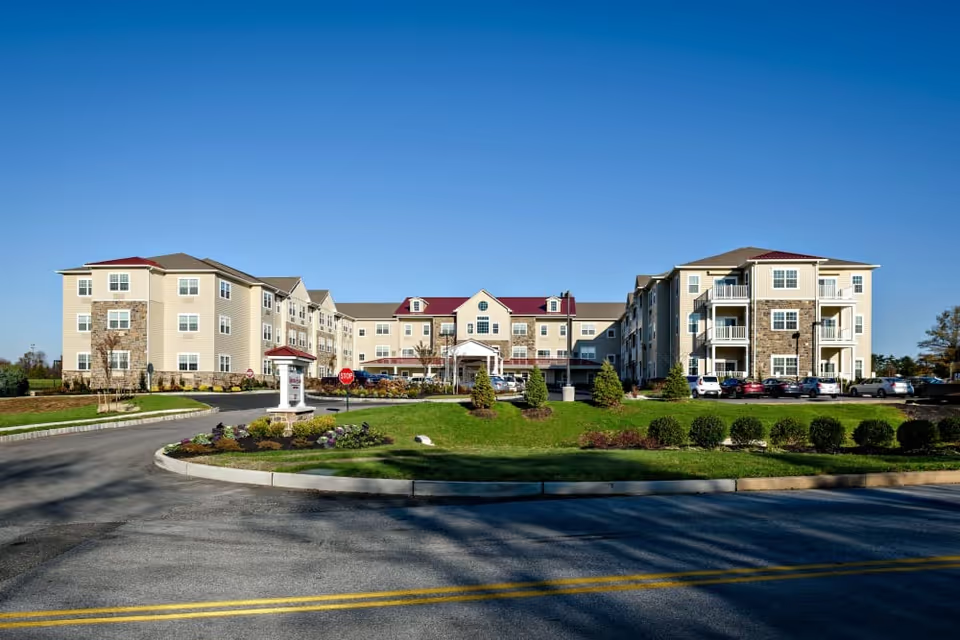Overall sentiment across the reviews is largely positive, with frequent praise for the facility’s cleanliness, welcoming atmosphere, and the compassion of its staff. Many reviewers emphasize how clean and well-maintained the common areas and rooms are, noting a fresh-smelling environment and orderly appearance. Multiple accounts describe staff who are kind, attentive, and treat residents like family — greeting residents by name, knowing their needs, and providing emotional support. The admissions process and support staff are commonly described as helpful and accommodating, making move-ins and transitions easier for many families.
Activities and social programming are another strong, consistent theme. Reviewers report a wide variety of coordinated activities (holiday events, gingerbread-house projects, bingo, trips to see lights, library access, and themed calendars) and note that the creative director and activities team are particularly strong. Outdoor areas, patios, and garden spaces are cited as positive features, along with shuttle service for outings. Dining receives frequent mention as well: many reviews praise a varied menu, three daily choices, accommodating dining staff (including second servings), and a pleasant dining atmosphere, though a minority find the food only mediocre.
Care quality and clinical services show a mixed but nuanced picture. Numerous families describe attentive, proactive caregivers who quickly escalate emergencies (EMS notification), coordinate well during hospitalizations and rehab, and provide compassionate support in hospice or palliative situations. Several long-term residents and relatives express gratitude for sustained, high-quality personal care. However, there are recurring concerns about inconsistent clinical capacity: some reviews mention inadequate staffing levels leading to reduced interaction or delayed responses, and a few point out that medical staff are limited in scope (for example, being restricted to dispensing medications and not providing wound dressing), with resultant reliance on ER/ambulance care for certain problems.
Operational and administrative issues appear as a significant area of concern for a notable subset of reviewers. The most serious criticisms center on billing and invoicing problems: unauthorized debits from checking accounts, charges for services after a resident’s death, failure to promptly refund overdrawn amounts, and general invoicing inaccuracies. These financial issues are alarming to affected families and are cited as undermining trust. Communication problems are also reported: inconsistent callbacks, slow follow-through on requests (such as obtaining wheelchairs or supplies), and occasional staff turnover that disrupts continuity. Several reviewers advise families to be actively involved, visit often, and ask detailed questions to ensure care and billing are handled correctly.
Safety, staffing behavior, and value are additional mixed themes. While many reviewers feel secure and praise the facility’s safety and management, others report isolated incidents such as residents accessing other residents’ rooms and belongings going missing. Some accounts indicate aides using cell phones or not following family requests; other accounts describe these as one-off staff issues amid generally strong caregiving. Cost perceptions vary widely: some reviewers view Spring Arbor as excellent value (including veteran discounts), while others find the community expensive with costly add-on fees for higher care levels or medications.
In summary, the dominant impression from the reviews is of a well-kept, welcoming senior living community with strong programming, attentive and compassionate staff, and facilities that many families highly recommend. However, potential residents and families should be aware of documented problems that recur in a minority of reviews — chiefly billing irregularities, intermittent understaffing, occasional lapses in medical capabilities for certain needs, and sporadic communication failures. Prospective families would benefit from asking specific questions about billing policies, staffing ratios, on-site medical services (wound care, dressing changes), and procedures for handling complaints, and from visiting regularly during the transition period to help ensure consistent, high-quality care.







